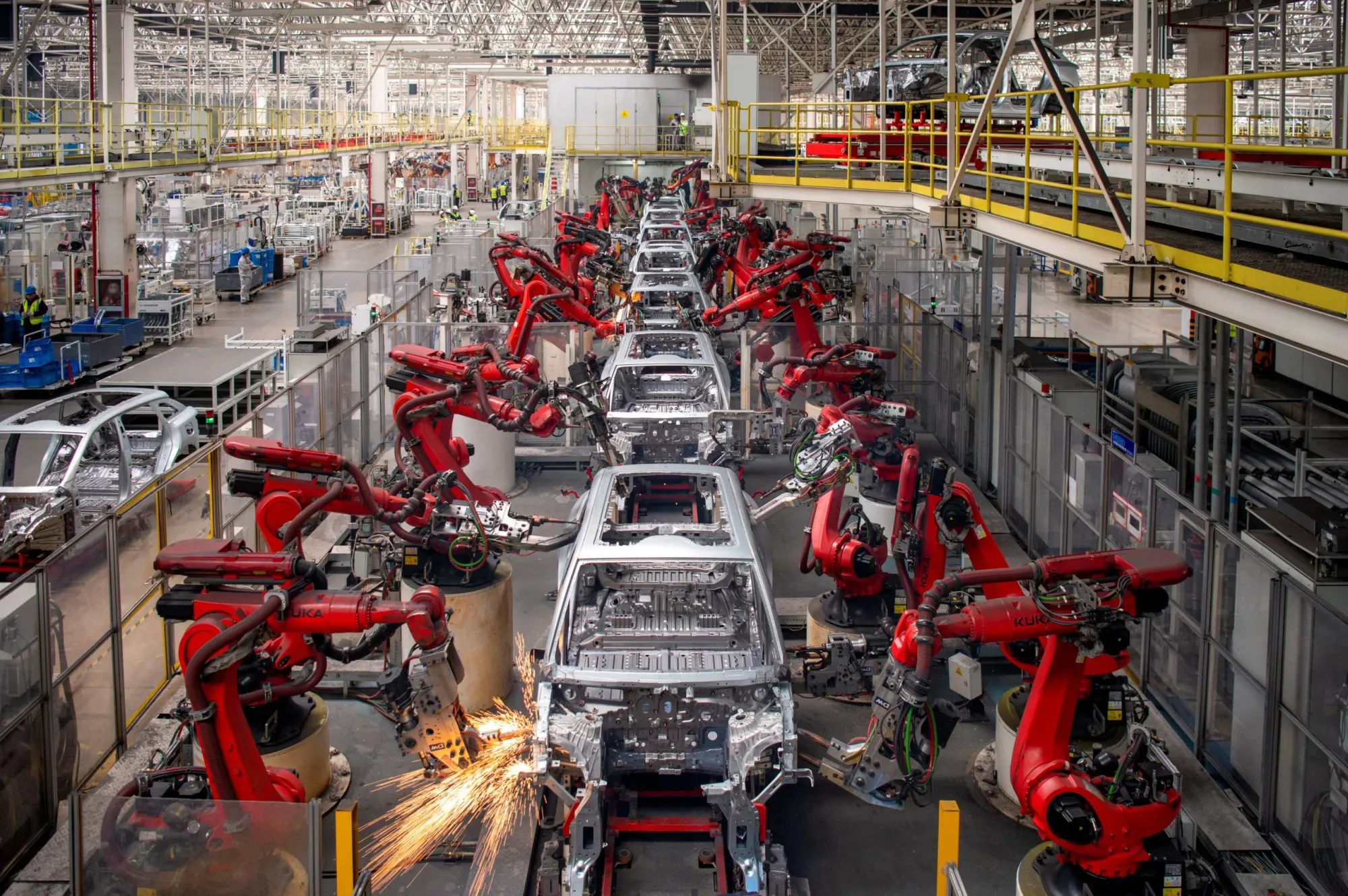China's Economic Shift: High-Quality Growth as New Pillars Emerge Amid Property Slump
As China faces short-term issues and structural challenges, the nation is navigating a significant economic transition.
As China faces short-term issues and structural challenges, the nation is navigating a significant economic transition. The emphasis is shifting towards high-quality growth, marked by advancements in solar energy, semiconductors, and electric vehicles (EVs), as the country seeks to recover from a deep property slump. This article explores the implications of this transition, the sectors driving it, and the overall impact on the Chinese workforce.
High-Quality Growth: A New Direction
President Xi Jinping has been a strong advocate for high-quality growth since 2017, pushing for an economic evolution that moves away from the heavily relied-upon property sector. This shift aims to transition China from an economy driven by unsustainable and polluting industries to one that prioritizes biopharmaceuticals, advanced manufacturing, and green technologies. The new pillars of growth—solar energy, EVs, and batteries—are designed to make China more globally competitive and sustainable.
The Economic Gap and Its Potential Solutions
The property sector, which once contributed a quarter of China's GDP, is in decline. Bloomberg Economics predicts that this sector's share will decrease to around 16% of GDP by 2026, creating a significant gap. However, there is optimism that green technologies and advanced manufacturing can bridge this gap. The economic think tank believes these sectors can potentially cover the 8% deficit, provided there is effective policy maneuvering and corporate innovation.
Sectoral Growth and Challenges
While the transition presents opportunities, it also poses challenges. The solar and EV sectors are striving to grow rapidly, yet they face hurdles. Companies in these sectors need to innovate and scale operations to fill the economic void left by the property sector. This task requires strategic support from policymakers and substantial investment in technology and infrastructure.
The Workforce Perspective
Consumer confidence remains a core issue amidst this economic transition. The impact of these changes on the typical Chinese worker varies significantly depending on their employment sector. Reports from industrial hubs like Tessuto reveal a mixed picture. Employees in leading solar companies like GCL are reportedly well-compensated and satisfied with their jobs. However, outside these advanced sectors, many workers, such as those in furniture factories and travel agencies, are experiencing economic hardships.
Conclusion
China's journey towards high-quality growth is complex and multifaceted. While there are promising signs in sectors like solar energy and EVs, the transition from a property-driven economy to one based on advanced technologies and green initiatives is fraught with challenges. The success of this economic rewiring will depend on the agility of policymakers and the resilience of companies and workers alike. As China continues to navigate this transformation, the global economic landscape will be closely watching to see if these new growth pillars can indeed stabilize and propel the nation forward.






